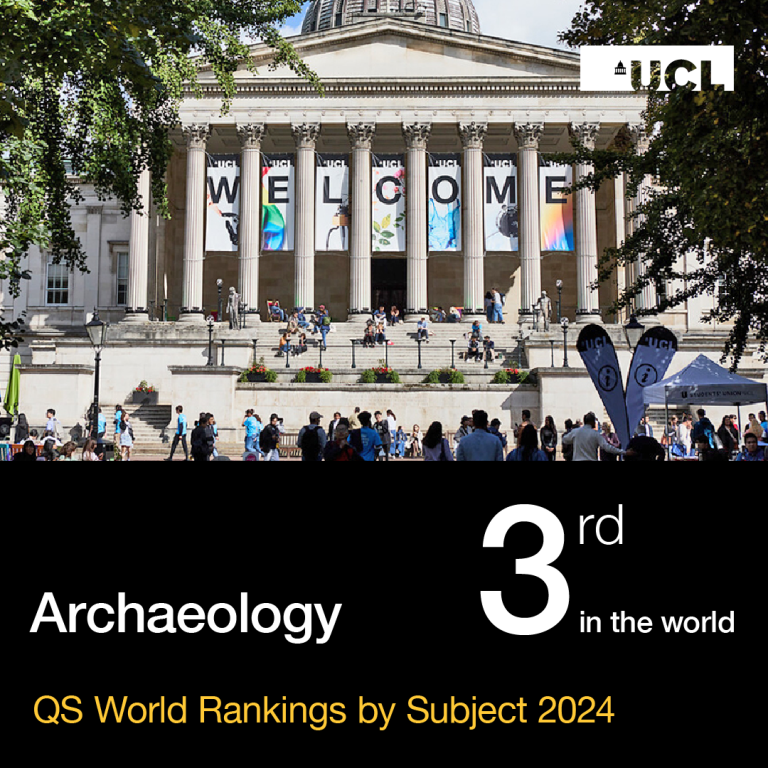This module provides an introduction to the archaeological sites and materials associated with the human evolutionary record from Africa and Eurasia and its dispersal to other areas.
This module reviews the Palaeolithic archaeological record from its earliest inception in East Africa, its early spread over Eurasia below 55˚ latitude, its late dispersal to Australia, Siberia, and the Americas, and its intensification in response to the Last Glacial Maximum and subsequent global warming. Over the last 3 million or so years, the Palaeolithic is associated with multiple hominin species and this course will examine the archaeological record to understand the adaptations and fates of those species.
The module will cover:
- The origins and spread of the earliest archaeological record
- The meaning of homogeneity and diversity within the Acheulean
- The Middle Palaeolithic and the emergence of Neanderthals and Homo sapiens
- The Upper Palaeolithic and the dispersal of our species across the world
- The extent to which Mesolithic/Epipalaeolithic innovations presage the Neolithic
The module will focus on the lithics that constitute the dominant artefact class of the Palaeolithic record, but will also look at rare osseous, shell, wooden, and pigment artefacts, as well as zooarchaeological and archaeobotanical evidence for subsistence. The module will develop critical but rich readings of the deep human past, informed by a diversity of perspectives from allied disciplines such as primatology and psychology.
The module will be delivered through lectures and related seminars, the latter including artefact handling sessions and debates on key themes.
Module information
- Code: ARCL0194
- Credits: 15
- Coordinator: Ceri Shipton
- Prerequisite:
- Handbook:
For registered students
- Reading list:
Availability
- Not running in 2024-25
 Close
Close



